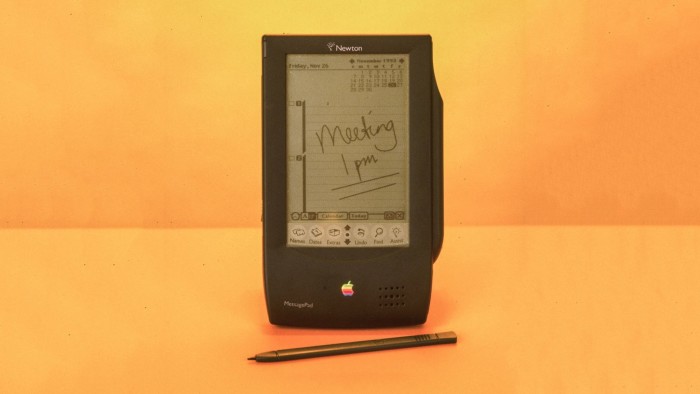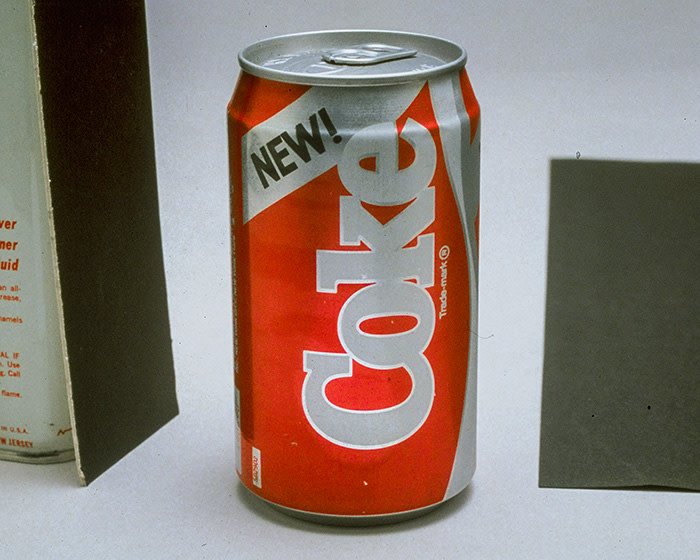Those lightbulb moments in innovation may suddenly dim

Simply sign up to the Retail & Consumer industry myFT Digest -- delivered directly to your inbox.
Faith in innovation — sometimes the more disruptive, the better — is among the defining business creeds of our times. Yet there are occasions when corporate chiefs must wonder whether restraint would have been the wiser course, or whether there are safer ways to innovate.
Samsung Electronics’ exploding Galaxy Note 7 smartphone, for example, belongs to a long line of products that have flopped, either because they did not work as promised or consumers did not warm to them. The best known include Coca-Cola’s New Coke (1985), a change of formula that provoked a backlash so fierce that the original was rapidly reinstated; the Apple Newton (1993), a digital assistant that promised but failed to recognise handwriting, and Sony’s Betamax video system (1975), which lost a format war with VHS.
Rampant innovation in the finance industry produced a string of credit derivatives that made profits for those that offered them but ultimately brought banks to their knees.
The need to innovate is inescapable. “Failure and invention are inseparable twins. To invent you have to experiment,” wrote Amazon founder Jeff Bezos last year. Lauding his company as “the best place to fail”, he criticised most large organisations for embracing the idea of innovation but not being willing to suffer failed experiments.
A glaring example is Eastman Kodak, which invented the digital camera in 1975 but failed to invest in it for fear of cannibalising sales of film. It filed for bankruptcy protection in 2012.

Bosses wonder how to innovate without risking their business’s future. Liz Claydon, UK head of consumer markets at KPMG, the professional services firm. advises “slowing down and thinking”, adding: “Rather than trying to get 20 or 30 launches out, try and reduce that to 10 and get your success rate faster. That is the holy grail.”
Mr Bezos divided decisions into “Type 1” — those that are consequential and irreversible, that “must be made methodically, carefully, slowly, with great deliberation and consultation” — and “Type 2”, or those that can be reversed if they fail and should be made much faster.
He cited three “bold bets” at Amazon that have worked: Amazon Web Services, its cloud computing business; Marketplace, its business for third-party sellers, and Prime, its rapid delivery and media streaming subscription service.
There are many reasons why products fail. Sometimes testing is inadequate, as seemed to be the case with Samsung. Coca-Cola’s researchers focused too much on taste at the expense of how customers identified with the brand.
Unwise brand extension is a common source of flops: who thought Colgate beef lasagne or Harley-Davidson perfume an attractive idea?
More sophisticated techniques are required, to identify hidden customer needs, says Keith Goffin, professor of innovation and new product development at Cranfield School of Management. He cites the example of Swedish company Molnlycke Health Care, which filmed surgeons at work and came up with a sterile light stick that could be placed next to a wound.

Prof Goffin breaks innovation down into incremental, breakthrough (significantly new features) and radical (new products, services and markets). Companies tend to do mainly incremental because they are comfortable with that, but “if your company is only investing in incremental, you haven’t got much for the future”, he says.
He suggests two paths: one for incremental innovation and one for breakthrough and radical. Companies should decide on a suitable allocation — for example, 70:30 — and fund and manage them differently. For incremental innovations, a “stage-gate” process should weed out unpromising projects. The trouble is, says Prof Goffin, “you would expect things to get killed but almost nothing gets killed”. The market then determines success or failure, which is expensive.
Radical innovation is harder — companies cannot easily assess the value of investing in something that does not exist. Prof Goffin suggests agreeing funding in steps, like a venture capitalist.
Geoff Mulgan, chief executive of Nesta, an innovation charity, says: “The notion that innovation is a good thing in itself feels anachronistic. There is good and bad innovation. It can be bad for the consumer, the public and the planet.”
He says companies are investing large sums in artificial intelligence and the “fourth industrial revolution” without thinking through customer needs.
He also suggests some innovations over the next 20 years will be at “system level” — getting driverless cars right, for example, as well as data driven healthcare and distributed energy — and adds: “You might expect under-investment in the innovation unless you can get the right co-ordination, which could be a national or city government plus companies and investors.”

Comments